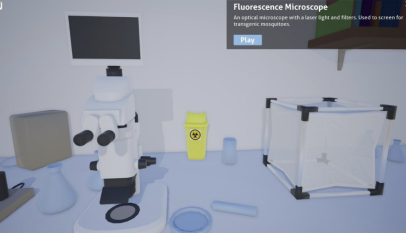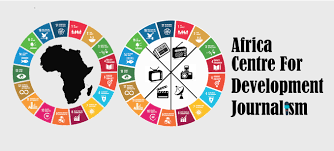ADVERTORIAL: Combating pests and diseases for food security in Nigeria
“Just like humans get infected by diseases, plants also get infected by pests which include rodents, birds, and insects and which are brought about by change in weather conditions. Thus, farmers are advised to ensure proper sanitation, avoid burning their farms and ensure they use quality seeds,” – Prof Sani Miko, Sasakawa Global 2000

Pest and diseases account for up to 40% of lost being made by famers in Nigeria every year across the various agricultural crop production stages, thus to a large extent, pests are organisms like insects, rodents, and viruses that attack crops and livestock damaging them in the process.
As such, if we must be able to produce our required food for consumption and therefore attain food security we must invest hugely in the prevention, management and control of pest and diseases. As Nigeria’s population is projected to reach 400 million by the year 2050, we cannot afford to continue to lose up to 40% of agricultural produce to pests and diseases – if we really want to be able to feed our teeming population.
The fact that peasant farmers are poor and cannot afford the costs of managing and controlling pests means we continue to lose a significant chunk of agricultural produce across the various stages of production, on daily basis. Thus, we need innovative strategies that will ensure peasant farmers have access to low interest loans to buy subsidized pesticides, which have proven to help significantly in mitigating pests.
Moreover, we must ensure access to agricultural extension education by farmers, to sensitize them on the dangers of the inappropriate use of pesticides which has serious negative consequences on soil, water bodies, animal and consequently human health.
On their part, the famers must adopt natural practices of controlling and managing pests and diseases, which include the use of disease-resistant and early maturing varieties of seeds, crop rotation, intercropping, and timing of planting, among others. Other natural strategies for managing pests are cultural control, biological control, indigenous knowledge systems; as well as traditional or organic methods.
Traditional or rather organic methods for mitigating pests either pre or post-harvest – which entail the use of plant extracts and dried powders – are some of the most safest and effective strategies of managing and controlling pests. Good examples are neem, onion scale leaves, vegetable oil, ginger, tobacco, dry chilli peppers, as well as wood ash.
Pests and diseases have been synonymous with agricultural practices from time immemorial, and since as they say, prevention is better than cure the best way for farmers to mitigate pests and diseases in agriculture is by adopting integrated pests management systems including using disease-resistant and early maturing varieties of seeds.
Compiled by Moving Image Limited













